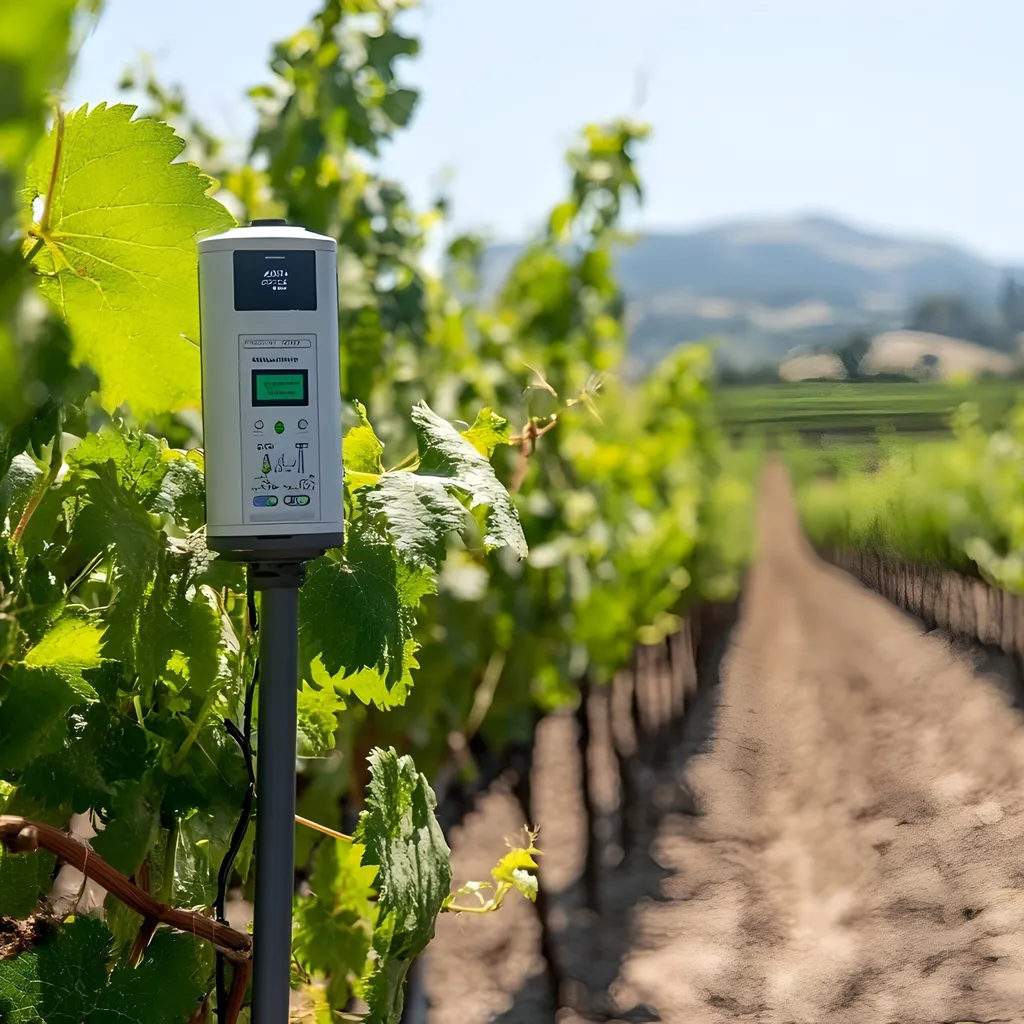In the rapidly evolving landscape of the Internet of Things (IoT), the demand for efficient and scalable connectivity solutions is more critical than ever. With over 75 billion devices expected to be connected by the end of this decade, the need for robust Low-Power Wide-Area Network (LPWAN) technologies has become paramount. A recent systematic review published in the *Journal of Electrical and Computer Engineering* (translated as *Journal of Electrical and Computer Engineering*) sheds light on the transformative potential of LPWAN technologies, particularly in smart systems across various sectors, including agriculture, urban infrastructure, and environmental monitoring.
The study, led by Aisyah Illani Sulaiman from the Faculty of Electrical and Electronics Engineering Technology, meticulously analyzes 129 selected articles from a pool of 750 publications dating from 2017 to 2024. This comprehensive review offers nuanced architectural insights and explores specific applications, highlighting the suitability of distinct LPWAN technologies for diverse IoT scenarios.
“Our analysis presents a clear picture of how LPWAN technologies like Sigfox, Long Range (LoRa), and narrowband Internet of Things (NB-IoT) are fundamental enablers driving the transformation across smart systems,” Sulaiman explained. “By examining these deployments, we can better understand their potential and identify critical trends and gaps that need to be addressed.”
The review underscores the importance of network scalability, energy efficiency, security, and seamless integration with evolving IoT applications. These factors are crucial for the energy sector, where the deployment of smart grids and energy-efficient systems is becoming increasingly prevalent. The study anticipates significant technological advancements by 2030, advocating for the development of versatile and globally scalable LPWAN frameworks.
“Anticipating significant technological advancements by 2030, this study underscores the transformative potential of LPWAN technologies, advocating for the development of versatile and globally scalable LPWAN frameworks,” the study states.
The findings of this systematic review serve as a pivotal reference, guiding future research directions and innovation within the dynamic landscape of IoT-enabled smart systems. By bridging identified research gaps, the study aims to shape the future of LPWAN technologies, ensuring they meet the evolving needs of various industries, including the energy sector.
As the IoT ecosystem continues to expand, the insights provided by this review will be instrumental in driving the development of more efficient and scalable connectivity solutions. The study’s emphasis on critical trends and gaps highlights the need for continued research and innovation, ensuring that LPWAN technologies remain at the forefront of the IoT revolution.
In conclusion, the systematic review by Aisyah Illani Sulaiman and her team offers a comprehensive analysis of LPWAN technologies, providing valuable insights into their potential applications and the challenges that lie ahead. As the energy sector continues to embrace smart systems, the findings of this study will be crucial in shaping the future of connectivity solutions, driving innovation and ensuring a more sustainable and efficient energy landscape.

